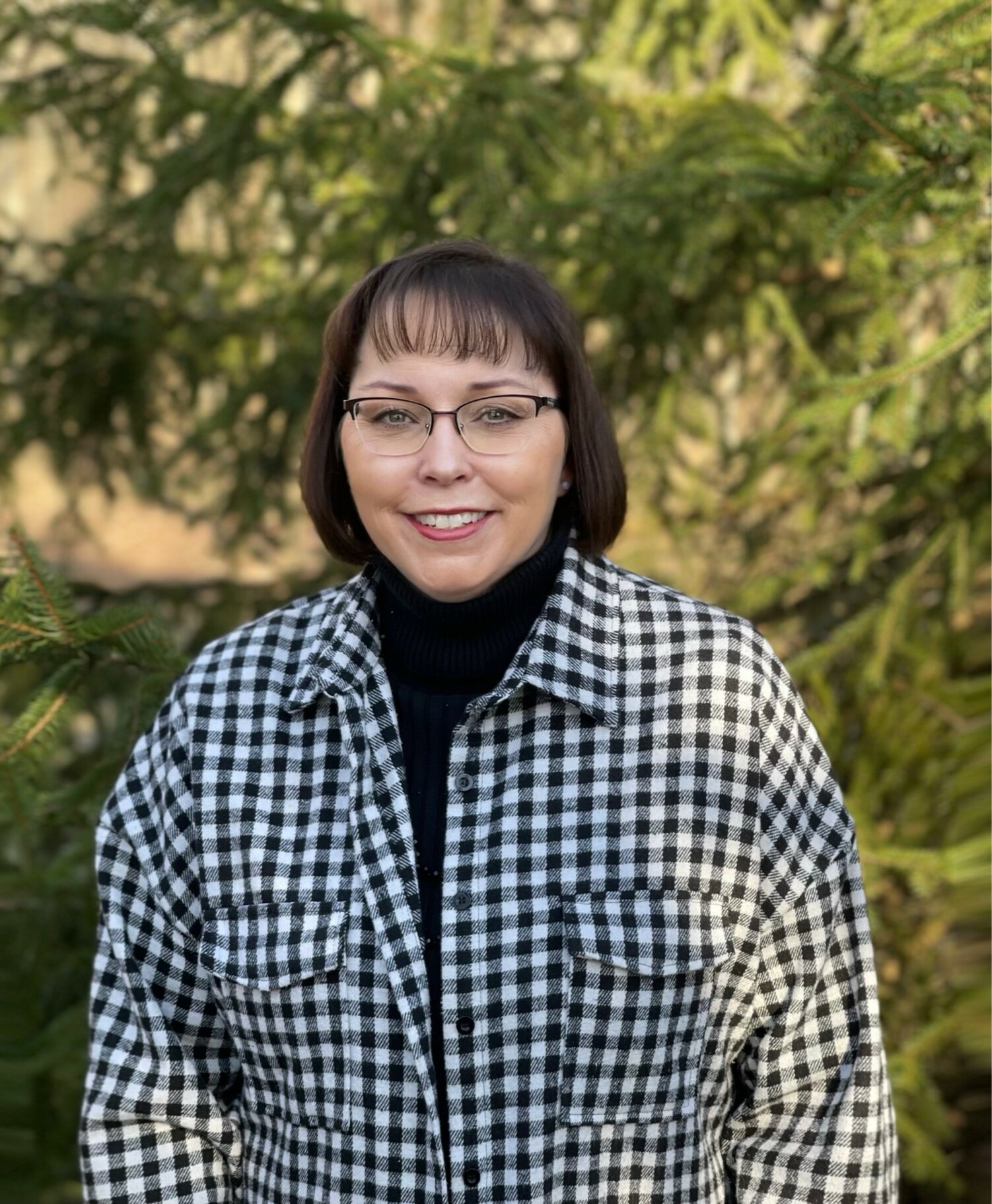



World Dairy Expo: Monitor forage quality throughout the season
The impact of variable weather will impact quality of forage into 2024Dr. Joel Pankowski, senior manager with the dairy technical services team with Arm & Hammer Animal and Food Production, recently spoke to The Dairy Site’s Sarah Mikesell at the 2023 World Dairy Expo in Madison, Wisconsin, USA.
Weather conditions and forage
“What we're finding is, as you move across the dairy states from New York through Ohio, Michigan, Indiana and into Wisconsin, in particular around the Great Lakes, the rainfall has been very variable this year,” said Dr. Pankowski. “Most of those states that I mentioned, for the month of September, we're behind multiple inches of rain.”
The lack of rain may have made for an easier harvest, but the crop coming off the field was drier than normal.
“We are going to have to start thinking about things that come with dry forage such as higher ash content from the dirt, possible pathogen contamination to the feedstuffs and then molds and mycotoxins,” he said. “When you look at that type of thing, what can you do to help control it?”
From a nutrient profile perspective, producers should sample and test their forage as a standard practice on a regular basis not just when they open the bunk. This year, it is even more imperative that producers periodically talk to their nutritionist and find an interval of time to resample and continue to sample to ensure they have consistency in their nutrient content and digestibility.
“Because what we're going to find is the reports are consistent,” said Pankowski. “It very well could have rained in one field, and a mile away it didn't rain at all.”
In the past, certain states or regions have been impacted by weather, but this year is the first in a while where field to field is impacted. So, a farm is going to have some fields that are great for quality and quantity and other fields where quantity may not be an issue this year, but quality is going to vary, he said.
“Be conscious and work with your nutritionist,” he explained. “There are tools available to producers that are well researched that can help mitigate the mycotoxin challenge and address the pathogen control issues that would arise from this higher ash content because of the dry weather.”
Impact of higher feed prices
“I think what you're seeing this year is going to be unique going into 2024,” he said. “With feed costs traditionally we look at the commodity markets and watch them fluctuate. This year, the markets look decent, but the costs tend to be higher.”
These higher costs come from things we don’t normally talk about when it comes to feed costs - transportation costs, fuel costs and electricity costs at the mills to run the mills – those costs, ultimately all get passed down to the customer, which is the dairy producer.
“That's what's going to drive some of this up,” he said. “If we just look at fuel prices across the country, as I talk to our sales managers, in New York, we are paying $4/gallon for gas; in Ohio, it is $3.50; and in California, it is almost $7.00.”
This whole inflationary period is going to have an impact on feed costs.
“I would tell folks like with forage quality and eliminating variation and taking control your own destiny, be more hesitant to just strip everything out to save money,” said Pankowski. “We learned in 2009 that was not the way to go. There are things in these diets for specific reasons.”
He suggested producers collaborate with their nutritionist to looks at products from the standpoint of if they come from a reputable company with good service and support and good science behind them.
“There's a cost to doing business, unfortunately for all of us,” he said. “But just cutting costs for the sake of cutting costs - we have already figured out that is probably not a good practice.”
“If you're in one of these areas that got the luck of the draw and consistent rain, you've got good quality and quantity, then you're going to have probably an opportunity to lower your purchase feed price,” he explained. “You can probably feed more forage than you have in the past and make up for some of the differences in the purchase feed price that you've had in the past.”
If the opposite is true, then producers may have more of an investment this year. Feed costs may be increased due to higher operational and fuel costs, but they may also be increased due to the additional nutrients needed to compensate for the lack of quality from the weather conditions.
“That's why I say continue to test as you move through the season, so you can make those adjustments on the fly,” he said. “Be more preventative and as opposed to reactionary.”
At the end of the day, cows like consistency, they do not like a lot of change in their diets.
“In order for them to perform at this elite athlete level that we want them to,” Pankowski said. “You've got to make sure that you put enough fuel in their tank and it's a digestible fuel for them to produce for you.”



